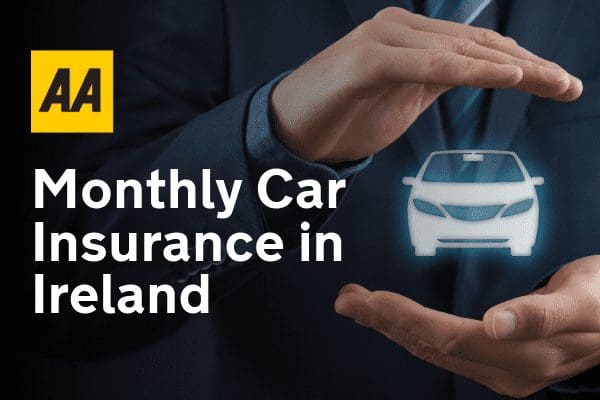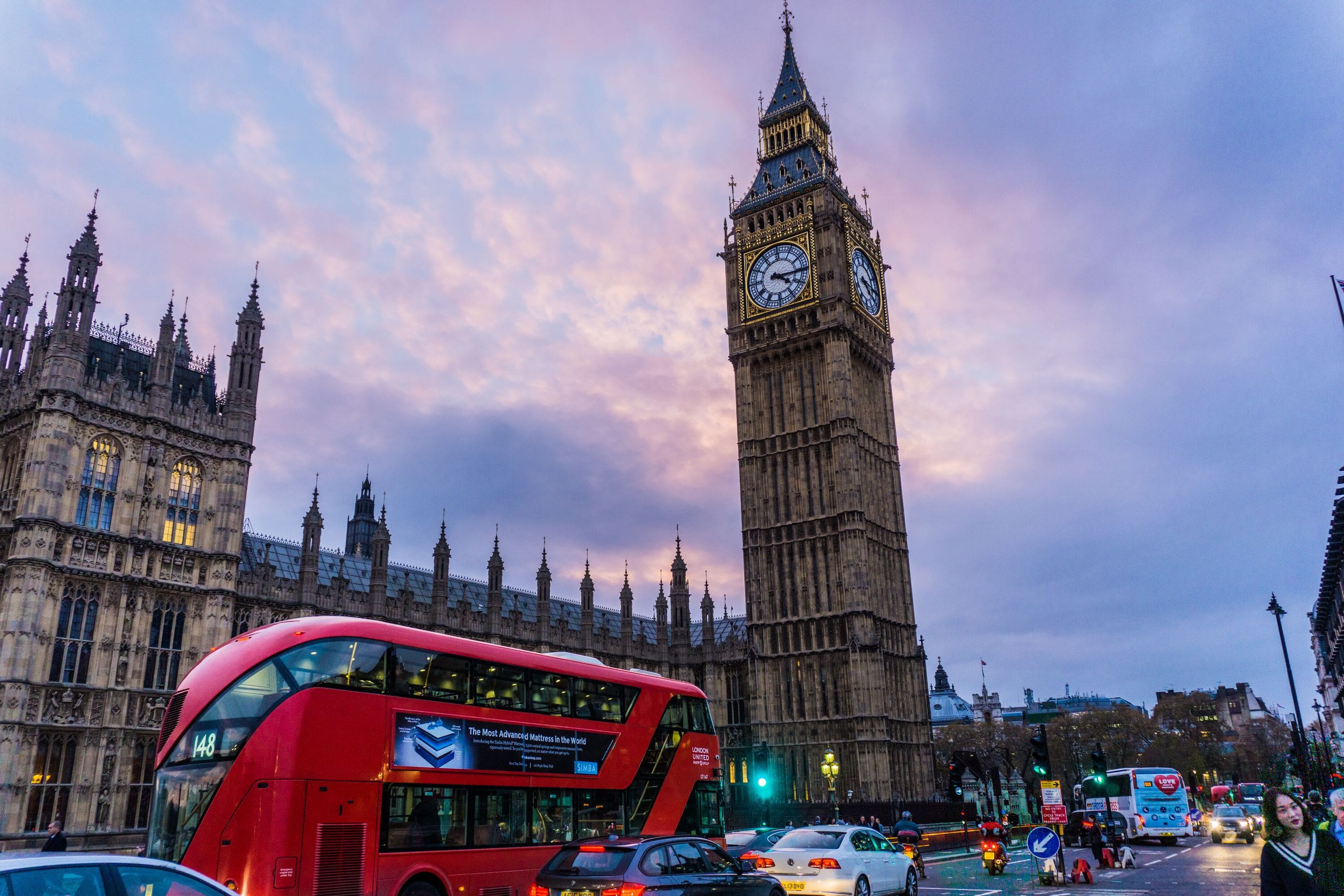How to get the most out of the fuel you buy
Car choice plays a big part in the extent to which your motoring affects the environment, but whatever car you’ve got there’s a number of simple things you can do to reduce energy use (fuel consumption), CO2 emissions and pollution.
These eco-driving tips are the motoring equivalent of insulating the hot water tank, fitting low energy bulbs and not leaving the tv on standby – simple, common sense tips that really will make a difference. You’ll save money on your fuel bills too.
Maintenance
- Regular Servicing – Get the car serviced regularly (according to the manufacturer’s schedule) to maintain engine efficiency.
- Engine oil – Make sure you use the correct specification of engine oil (refer to the handbook)
- Tyre pressures – Check tyre pressures regularly and before long journeys. Under-inflated tyres create more rolling resistance and so use more fuel. Getting tyre pressures right is important for safety too. Refer to the handbook as pressures will normally have to be increased for heavier loads.
Before you go
- Lose weight – Extra weight means extra fuel so if there’s stuff in the boot you don’t need on the journey take it out and leave it at home.
- Streamline – Roof racks/boxes create extra wind resistance and so increase fuel consumption. If you don’t need it take it off, if you do, pack carefully to reduce the extra drag.
- Don’t get lost – Plan unfamiliar journeys to reduce the chance of getting lost – try the AA Route planner or consider a ‘Sat Nav’ if you regularly drive unfamiliar routes. Check the traffic news before you go too.
- Combine short trips – Cold starts are inefficient so it pays to combine errands such as buying the paper, dropping-off the recycling, or collecting the kids into one trip rather than making multiple short trips.
- Consider alternatives – If it’s a short journey (a couple of miles or so) consider walking or cycling rather than taking the car – fuel consumption is worse when the engine’s cold and pollution will be greater too until the emissions control system gets up to normal temperature.
On the Way
- Leave promptly – Don’t start the engine until you’re ready to go. This avoids fuel wastage due to unnecessary idling and ensures that the engine warms up as quickly as possible. (In winter months, scrape ice rather than leave the car idling for a long period to warm up).
- Easy does it – Drive smoothly, accelerate gently and read the road ahead to avoid unnecessary braking.
- Decelerate smoothly – When you have to slow down or to stop, decelerate smoothly by releasing the accelerator in time, leaving the car in gear.
- Rolling – If you can keep the car moving all the time, so much the better. Stopping then starting again uses more fuel than keeping rolling.
- Change up earlier – Change gear as soon as possible without laboring the engine – try changing up at an engine speed of around 2000 rpm in a diesel car or around 2500 rpm in a petrol car. This can make such a difference to fuel consumption that all cars in the future are likely to be fitted with Gear Shift indicators that light a lamp on the dashboard to indicate the most efficient gear change points.
- Cut down on the air-con – Air conditioning increases fuel consumption at low speeds, but at higher speeds the effects are less noticeable. So if it’s a hot day it’s more economical to open the windows around town and save the air conditioning for high speed driving. Don’t leave aircon on all the time – you should run it at least once a week throughout the year though to maintain the system in good condition.
- Turn it off – Any electrical load increases fuel consumption, so turn off your heated rear windscreen, demister blowers and headlights, when you don’t need them.
- Stick to the limits – Drive at or within the speed limit – the faster you go the greater the fuel consumption and the greater the pollution too.
- Don’t be idle – If you do get caught in a queue avoid wasting fuel by turning the engine off if it looks like you could be waiting for more than three minutes.
Coasting – does it help save fuel?
Coasting – rolling downhill or approaching a junction with the car out of gear – is inadvisable because the driver doesn’t have full control of the vehicle, though it used to be quite a common practice to save fuel.
- You lose the ability to suddenly accelerate out of tricky situations.
- You lose engine braking which takes some of the load off the brakes on down hill stretches and helps to avoid brake fade – overheated brakes require harder pedal pressures to stop the vehicle.
These days, coasting is still inadvisable and changes in vehicle fuel systems mean it won’t save you fuel either.
Old car with carburetor – take your foot off the accelerator pedal with the car in gear and fuel is still drawn through into the engine. Fuel savings could be made by coasting out of gear.
Modern car with electronic engine management – fuel and ignition systems are effectively combined and controlled by one Electronic Control Unit (ECU). Take your foot off the accelerator and the ECU cuts the fuel supply to the injectors anyway so there’s nothing to be gained by coasting.
Modern diesel engines – these also have the ability to shut off the fuel when you take your foot off the accelerator.
How much can you save?
The aim is to see how much you can improve on your current average fuel consumption or the ‘official’, manufacturer’s figure by following the advice above.
If your car has an onboard computer that records fuel economy (kilometers per gallon / KPG) then take a note of the overall average fuel consumption you’re getting now and then see how much you can improve it by following the ‘eco-driving’ advice above.
It should be possible to re-set the computer so it starts recording a new average KPG.
With no onboard computer, you’ll first need to find out the official, manufacturer quoted fuel consumption for your car. You may see three different figures quoted, ‘urban’, ‘extra-urban’ and ‘combined’ – it’s the third, ‘combined’ figure that you want.










